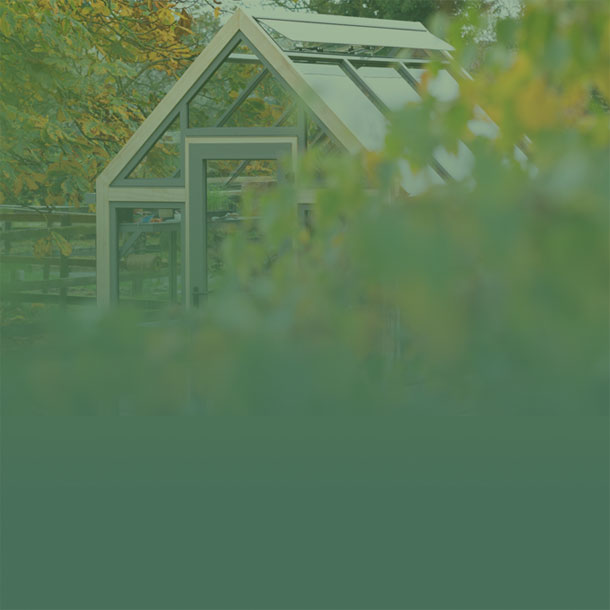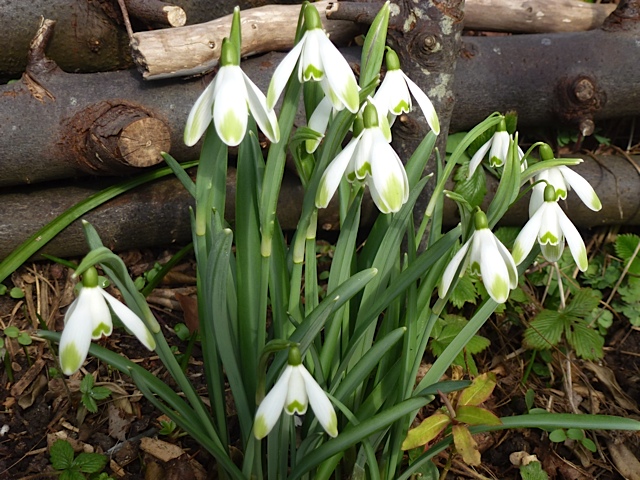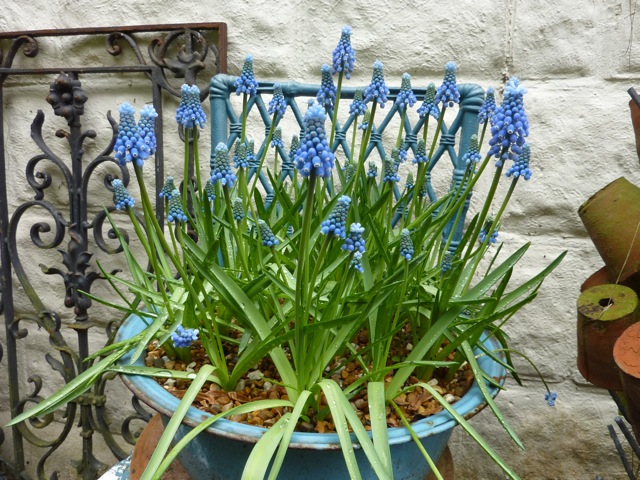-
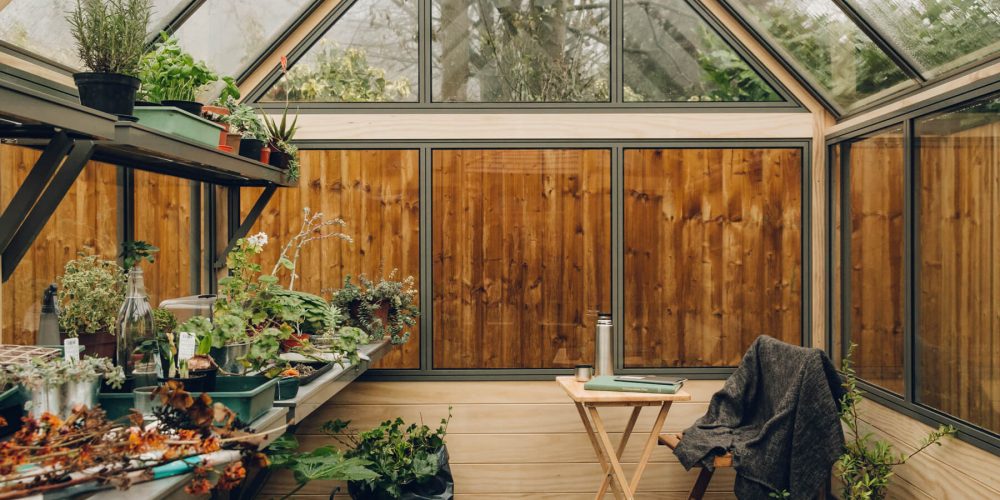
Greenhouses: A Buyers Guide
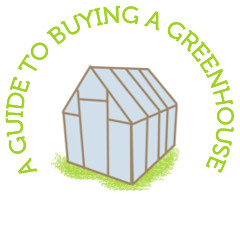
How do you find the right greenhouse for your garden when there are so many on the market? Especially when they range from the ‘so cheap there has to be a catch’ category, to the ‘so expensive it must have gold-plated fittings’ department – it can be a puzzling and time consuming process. Then there’s little or large, wide or narrow, lean-to or free-standing, vine house or cucumber house, heated house or cold house, wood or aluminium, not quite an infinite choice but for new comer there are some criteria that need to considered before finally making a decision. This is our guide to help you steer your way through the various options and make the decision a bit easier.
Greenhouse checklist
- it’s obvious, but before you start looking make sure you have a suitable place to put it
- the traditional alignment is as close to east/west as possible to take advantage of as much of the sun as possible, especially in winter
- a level site is less complicated and expensive to prepare
- avoid the bottom of a slope which can become a frost pocket in winter
- position well away from trees and buildings that cast shadows – and bear in mind that young trees grow and may cause problems later
- easy access to power and water is an advantage
- free-standing greenhouses do not usually need planning permission, but a lean-to can be considered an extension, so check with your council first – you might also check out the government planning portal here.
- most allotments will require you to ask permission before erecting a greenhouse
Which type of Greenhouse ?
When considering the shape and size of your greenhouse position and orientation will effect your choice and once this is established how you plan to use it will guide your selection of accessories such as staging, heating, watering etc. See our greenhouse setting up guide. The following list will help you make the right choice. A good greenhouse is for life, so invest wisely and choose the best that your pocket will allow.
Glazing Options
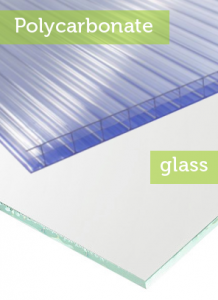
In recent years toughened safety glass has replaced horticultural glass so breakage and subsequent replacement is less problematic. Glass is still by far and away the best cladding for successful growing, polycarbonates and polythene covers have a shorter useful life and because of their opacity growth can be restricted by as much as 20%. It is important to make the best use of all the available light. It is also worth bearing in mind that slim aluminium sections offer a greater glass area and thus more light.
Position
Placement away from overhanging trees and in an open aspect with as little shadow as possible is recommended. A screen from northerly or easterly winds helps to restrict low temperatures which can slow the growth of young plants in the spring. If your growing preference is for summer crops e.g. tomatoes, then a north-south orientation is preferable whereas an east-west placement takes greater advantage of winter and spring sunshine. You may if you have a suitable wall (preferably south facing) choose a lean-to or vine house to take advantage of the warmth retained in the wall overnight and possibly grow slightly more exotic fruits and vegetables. Finally – should it be near the house or at the far end of the garden? Far away may be attractive as an escape from every day life but will you use it as much and are services such as water and electricity easily available in that location? Alternatively, near the house – particularly if the structure is powder-coated to provide an attractive feature – might be more convenient if you want to pop out for a few minutes (stretching into hours) .
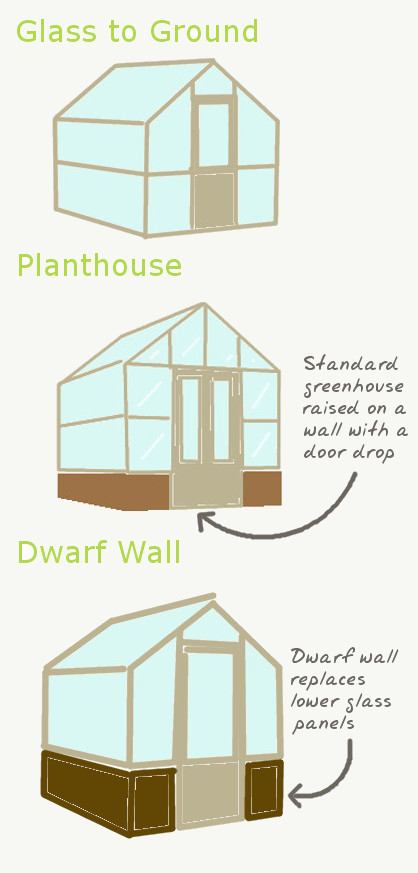
- Glass to Ground : a style with glass to ground level is preferable if it is a working greenhouse used for seed raising, plant propagation and glasshouse crops – the more light the better. It should also have plenty of ventilation – front to back and side to side as well as roof vents (ideally automatic). Glass to ground structures are universal, the least expensive to install and buy and 90% of greenhouses follow this type. You can grow in the ground or on a bench. When there is plenty of light, you can’t go wrong.
- Planthouse : Whether it’s for tall plants or tall gardeners, there’s no claustrophobia here. With a low wall and extra air capacity the temperature is kept more even which is good for keen growers. Planthouse walls are in the order of 450mm high. Consequently planthouses have high eaves which allows for a door to be placed in the side of the structure instead of in the gables.
- Dwarf Wall: if it’s for display, over-wintering of tender plants, or a little bit of everything, a greenhouse with a brick or timber base wall will probably suit your needs just as well. A Victorian style plant house will look perfectly at home in a cottage garden perhaps in a Victorian style . The insulation is better than in a glass to ground greenhouse and there’s space to store pots out of sight beneath the bench. In the warmer months the bricks warm during the day and hold the warmth when the sun goes down and then gently radiates heat throughout the evening and into the night.
Size & Shape

A ‘house’ shape is traditional and the best at capturing the sun. High eaves at least 1.5 metre tall, and a well-pitched roof which will help to release excess heat in the summer, give better light transmission and allow taller plants to be accommodated.
- Bearing in mind considerations such as shoulder space, high eaves and sufficient headroom, you may only have enough space for what has always been known in imperial measurements as a 6′ x 8′. This can still provide countless days of pleasure, nevertheless you should always aim to buy the largest structure that space and budget permit, otherwise you will invariably find that your greenhouse is too small. An 8′ x 10′ (about 2.5m x 3.0m) offers a step up and nowadays modern manufactures also offer modular sizes that may both extend the length and width of the structure to suit your needs. Additional length allows staging and growing space to be extended. If your passion is for bench-top growing then seedlings in trays, young plants or specimens can all be accommodated on wide staging, while widened aisles allow space for the storage and propagation of tender pot plants. For this type of use a 10′ (3.0m) greenhouse would be desirable.
- Size and space considerations apply equally to lean-to and walled garden greenhouses. For these locations you may wish to consider plant houses. They were traditionally on brick built bases and were often for specialist growing purposes, with bases between 600mm and 900mm high. Panelled timber bases are available offering a traditional look at a fraction of the cost.
Materials
Greenhouses are made from three types of material – metal, wood or polythene. Each has its advantages and disadvantages depending on how you are going to use it and where you want to position it. Whatever material you choose, try not to economise on size – it is amazing how quickly a greenhouse can fill with plants, leaving you wishing you had bought a larger one.
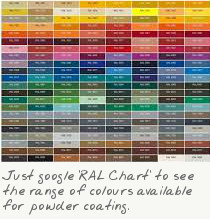
- Metal Greenhouses -These days most metal greenhouses are made from powder-coated aluminium and come in every style from utilitarian, through traditional to contemporary. Powder-coated aluminium is very hard wearing and largely maintenance-free and is lightweight but very strong. You can powder coat to any colour from teh RAL chart so finding a colour to match in with your house is often attainable. There are some remarkably cheap products on the market, but it is worth bearing hidden economies and costs in mind: a budget metal greenhouse may be made from lower grade aluminium, you will need to prepare the base yourself (or pay someone to do it) and the cost of erection will not be included. If you are considering the diy route, it can be a very fiddly process – think flatpack furniture with similarly confusing instructions and added glass! If you are a very practical person this may not be a problem, but if you are going to have to pay extra to get these things done, the greenhouse may not be as cheap as it first appears. It may be better to select a higher-priced greenhouse where these costs are included. You should also check what quality of glass is supplied – ideally safety glass – and whether opening windows and/or vents are included in the price. Good ventilation is essential if a greenhouse is to function properly.
If you are looking for a traditional greenhouse to go with a period property there are plenty of metal greenhouses that recreate the style and elegance of the Victorian and Edwardian eras but require a fraction of the maintenance – an important consideration in a structure that features lots of decorative metalwork. It will always be more economical to choose a standard size greenhouse, but most manufacturers can adapt their modules to fit a particular space. Aluminium is also an excellent material for contemporary style greenhouses. The narrow glazing bars do not interfere with the sleek appearance of the structure. - Wooden Greenhouses – Wood is the traditional material for a greenhouse and, as with metal, you will find a wide range of styles to fit most locations – from the plain and simple for the vegetable garden or allotment – to palatial garden rooms for grand houses. Most wooden greenhouses are made from long-lasting cedar which does not need to be treated or painted and can be left to weather to a silvery-grey over the years. If you do decide to buy a painted greenhouse, look for one that uses high quality exterior paints, but even so you bear in mind that you will need to repaint from time to time.
- Polytunnels -The polytunnel is the workhorse of the greenhouse world – it is never going to be an object of beauty but it can be an extremely productive way to grow your own food or raise plants that would not survive out of doors all year round. It should always be positioned where it is easy to reach, even in the middle of winter, but is not an eyesore for you, your neighbours or the surrounding countryside. If you don’t have a suitable spot, it may be better to go the metal or wood route. Buy the best quality you can afford and get qualified installers to erect it for you – in the end this will be cheaper than a flimsy and poorly erected polytunnel collapsing or blowing away in bad weather. It is advisable to choose a tunnel that includes side ventilation as this makes it far easier to control the temperature in hot weather and keeps the air circulating which will prevent a build up of disease.
Greenhouses – Some Like it Hot
When it comes to deciding whether or not to heat your greenhouse, it really depends on what you are planning to grow – and when.

- A Cold Greenhouse – provides shelter during the cold months but is not frost-free. It can be used as a productive space in summer to grow greenhouse crops including tomatoes, peppers and cucumbers, provided you buy-in young plants that have been raised in a warmer environment until it’s time to plant them in your greenhouse. You don’t need to install power in a cold greenhouse. It can also be used to overwinter alpine plants that appreciate the cold dry conditions.
- A Cool Greenhouse – will keep the temperature above freezing (in the region of 7–10 °C) which means that you can safely overwinter plants in a frost-free environment. Installing a thermostatically controlled heater that only kicks in when the temperature falls below a certain level is an economical option and with power installed in the greenhouse you have the option of running a heated propagator to raise your own plants. A cool greenhouse can also be used to overwinter plants (e.g. geraniums) that you might otherwise replace annually. You can still grow your summer crops and winter salads in the greenhouse, but you will be able to extend the season because the plants will be protected from any unseasonal drop in temperature. Grow lights can be used to keep plants growing when light levels are low and normal lights will extend the time you can spend in the greenhouse.
- A Heated Greenhouse – allows you to control the temperature and grow practically anything that space permits. It is an expensive option as there really is no cheap way of running heating in a greenhouse, but if you have a passion for growing orchids, or want to overwinter plants in cosy conditions and are prepared to pay the bills you could consider a heated greenhouse. It’s hard not to think of those images showing heat leaking out of a poorly insulated house though – heating a greenhouse well above frost protection level is definitely not a green option at the moment. If you really, really want a heated greenhouse do check with the manufacturers as they will have advice on the most economical way to heat it and may be on the verge of introducing a revolutionary and environmentally sound way of keeping your plants warm. On the other hand a lot can be achieved by insulating a cool greenhouse with bubble wrap and fleece, but it’s never going to look pretty.
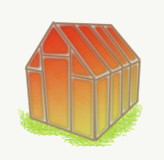
Other important factors to consider before purchasing a greenhouse
Ventilation is an important factor for consideration, plants benefit from air movement and even in winter when the sun shines there can be significant heat gain so permitting the air to circulate is important. Roof ventilation is essential and louvre vents are useful. These vents can be automated with self-powered thermostatic openers or even motorised openers .
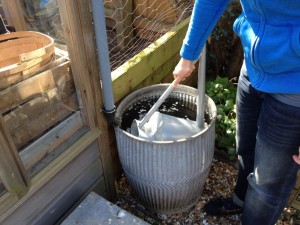
It makes sense to collect water from the greenhouse roof into a water butt, so check that your greenhouse supplier offers gutters and down pipes. You may also want to use this (or mains water) to provide automatic or trickle watering. If you are planning to overwinter plants or propagae plants there are numerous heaters that are designed to be used within the greenhouse. You can choose from free-standing units or low- voltage heated cables that are buried in silver sand on a warm bench to encourage early growth. Benching comes in various forms including simple slatted or solid surfaces, sand or gravel-filled benches for plants such as alpines, or with trays that retain water for irrigation. Shelves located below staging for storage or at the eaves for plants and cuttings are also useful and provide useful additional space.
Your Greenhouse specialist should be able to advise you on all aspects for your consideration such as suitability, size, location, accessories, installation and prices. Remember that a greenhouse is an investment in the future and will surely become a growing part of your life.

